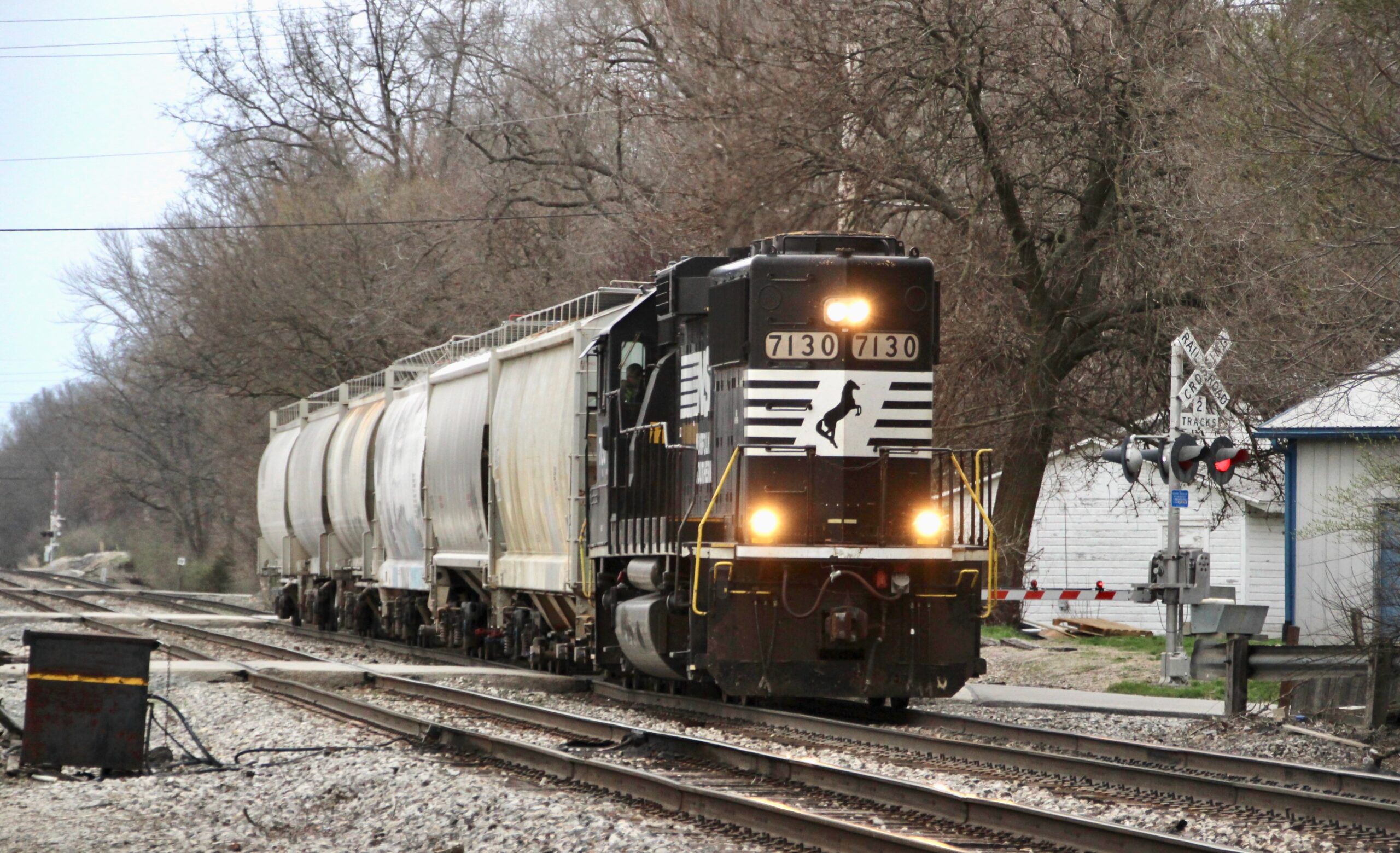
Last month Trains sat down with Stefan Loeb, Norfolk Southern’s vice president of first and final mile markets, to discuss how local service can help the railroad grow. The position was created in April, when Loeb joined NS from shortline holding company Watco, where he was chief commercial officer [see “Norfolk Southern names intermodal and carload marketing executives,” News Wire, March 23, 2023]. The question-and-answer session is edited for brevity and clarity.

Q No other railroad has a vice president of first and final mile markets. What’s your role at Norfolk Southern and what do you hope to accomplish in this new position?
A The nuts and bolts of the position with what I have reporting to me falls into four different buckets.
We have what our team calls the shortline and field sales team. The shortline people are directly responsible for interacting with our 200 or so direct interchange short lines. The field sales team is assigned by our operating divisions, geographically focused on what I’ll call the sub-300 key accounts. So that’s one bucket.
The second bucket is our terminal network that we call rail integrated solutions. It has our Thoroughbred Bulk Transfer and the Thoroughbred Freight Transfer less-than-truckload business. And then we also have a team that’s called Modalgistics, which studies truck lanes and provides both Norfolk Southern and our customers with information so we can be more competitive on the rail side.
Bucket number three is the Crown companies, which includes several different subsidiaries. The most famous one is Triple Crown. We also have Thoroughbred Direct Intermodal Services, which is our third-party brokerage, and then various other components around the trucking aspect of our business.
And then, finally, there’s a group called shortline performance, which is built around consistent interchange service with our partners to grow business. The team today is really almost the data team tasked with tracking local service performance for consistent, sustainable growth.
Q It sounds like some of this business is more hands-on or requires more touch than other business segments. Is that right?
A I look at it as the first- and final-mile group. It’s a Swiss Army knife of services designed around getting customers onto and off of the railroad, making it easier to grow business. And what’s really neat about it is Norfolk Southern has always had this. It’s just never been looked at as a group to find solutions for all of our customers. And a great example of that is Crown companies, where historically it has been stood up against our intermodal product. It will continue to support the intermodal product, but why not have their services look into the bulk side? Can it support our customers in our bulk terminal network? Those are some of the things that we’re looking at as solutions as part of this initiative.
Q Would they provide the trucking end of a transload move, so that the shipper doesn’t have to arrange that themselves?
A That’s 100% a possibility. Whether it’s using our actual Crown team or utilizing strategic partners, it’s about really finding a much more integrated approach to the trucking aspect because we realize so many of our customer moves aren’t just a rail-only move. And so again, it is first and final mile. It’s leveraging all the great pieces of the Norfolk Southern Railroad, but also the services to put sustainable solutions together to win flexible freight that can move by truck or rail. This is about attracting business that can go on rail, but for many different reasons hasn’t.
Q NS CEO Alan Shaw has talked a lot about wanting to make service reliable enough over the long term to allow customers to build their supply chains around the railroad. Are you doing anything along those lines?
A I’ve heard folks both internally and externally mention “Alan’s vision.” I do want to clarify really it’s all of Norfolk Southern’s vision. We are completely bought in on this. We have to come up with these new solutions to be a great contributor to the North American freight network. And new solutions can’t just be the railroad. Customers have a supply chain, and doing as much of it for them — making it as efficient and reliable, sustainable, easy — is so important.
So why not use the Swiss Army knife along with our great rail network to be able to do things that others can’t? We have a number of different initiatives using all these pieces together. If you’re a customer, we’re not demanding that you use all of these pieces. It’s our job at Norfolk Southern to figure out which pieces are of interest to the customer, and then provide it to them. And it does not have to be all of them. It can be one, it could be 10, or anywhere in between.
The biggest thing that we’re looking at right now is an overall view of how do we drive growth through consistent local service? The goal is to partner with everyone across Norfolk Southern to grab freight by consistent interchange at the local level. It’s about designing tracking and communication systems around doing what we all say we’re going to do, and then executing on that. And then reaping the benefits. We’ve got several other things in the pipeline, but it is a little premature to talk about them at this point.
Q Problems with carload service tend to arise in local service. That’s an operations issue. Yet your position is in marketing. Do you work with operations to help find local service solutions?
A Yes, and that goes into the strategic vision we were talking about. It’s not just one person. It’s really the entire team. Even though I may report to Chief Marketing Officer Ed Elkins, the silos across the organization are really knocked down under this strategy. We’re big fans of a book called Team of Teams, which talks about how the U.S. military changed during the war on terror. You focus on your job specifically, but you work very integrally across all the different areas. And so I am very tied in with everyone in transportation and with our network planning and optimization team to be able to design the service, track the service, and adapt service to be able to grab the growth — because it isn’t just first and final mile, it’s everyone executing the strategies together. It’s funny: Sometimes I’ll come home from the day and go, ‘Wow, there was really nothing commercial about my day.’ I was working with all those partners, or talking about execution of interchanges and how to get better.
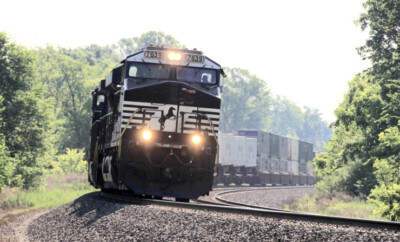
“[The] first- and final-mile group … It’s a Swiss Army knife of services designed around getting customers onto and off of the railroad, making it easier to grow business.” —
Stefan Loeb, Norfolk Southern vice president of first and final mile markets
Q How big of a role will RailPulse, the GPS-based carload location project, play in carload growth?
A The shortline interchange consistency is a really interesting example. Because right now, what we’re basically doing is we’re using the data that we have from AEI readers and whatever other information is out there and putting them in a Teams chat with each short line. And we literally talk about what happened each day. Interchange is like a relationship: I can’t just deliver the cars at the interchange and claim that it was good because if I didn’t let you into the yard or give you access to the track to get to the cars, you’re not happy. And so that’s where the relationship falls apart, right? So for interchange to work both sides really need to feel good about it. So we set up the data that we have. Wouldn’t that be so much easier if all the rail cars had sensors on them so we’re not spending all the time pulling Spotfire tools and Teams channels and everything? You start where you can, but knowing that this incredible supply of data is coming with all the partners and RailPulse is exciting. It’s what the shippers demand because our competition in truck is doing it already.
Q How important is carload growth as a component of Norfolk Southern’s overall growth plans?
A Very important. Having a carload product — whether that’s in bulk unit trains or manifest service — it’s absolutely critical to supply customer needs. Providing service for the industrial base is absolutely critical. And when you look at truck traffic, even though it is mostly consumer freight, there’s still a lot of business that the rail industry has lost in the carload space that we can recapture. That’s that flexible freight argument that we’re talking about. And that flexible freight can be intermodal or it can be in a carload. We really don’t want to define it, because we know it’s out there. Even if we take a couple basis points off of the truck market share that’s huge.
Q Where do you see the biggest carload growth opportunity? Is it winning more business from existing customers through more reliable service? Is it going out and finding new business in partnership with short lines? Or is it transload, where you’re reaching customers with carload that you previously couldn’t reach or hadn’t reached?
A It’s yes to all of them. You have big rail-centric customers that for years have had trucking lanes for a number of different reasons that can easily be converted to rail. It’s just either having the right discussion or having a consistent service, or making it easier than truck, so we have opportunities like that. We have brand new customers to rail that are creating big industrial sites, like the electric vehicle battery plants that have never looked at a supply chain, much less a rail supply chain. What the strategic vision at Norfolk Southern has really brought is a customer-focused way of saying, what are your needs? And how do we create solutions around these needs to allow Norfolk Southern a chance to move your business and create the solution that you’re looking for? We have a lot of really interesting things in the pipeline across all of Norfolk Southern and it’s really fun to be in this group because even though yes, it’s the only first- and final-mile team, everybody at Norfolk Southern is working on first and final mile because it’s how we’re going to win.






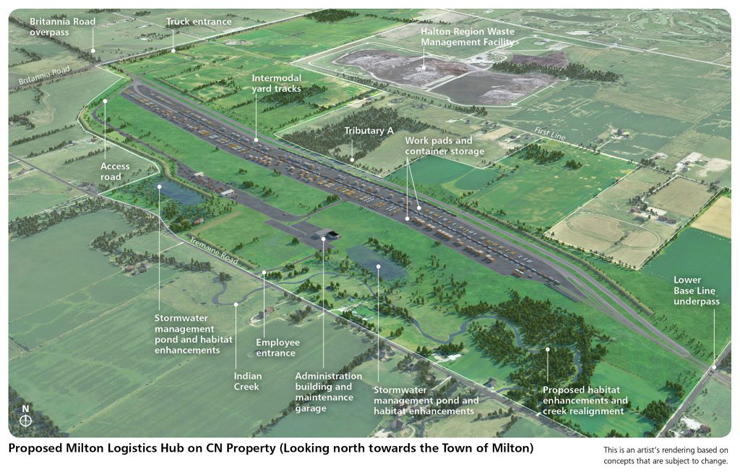
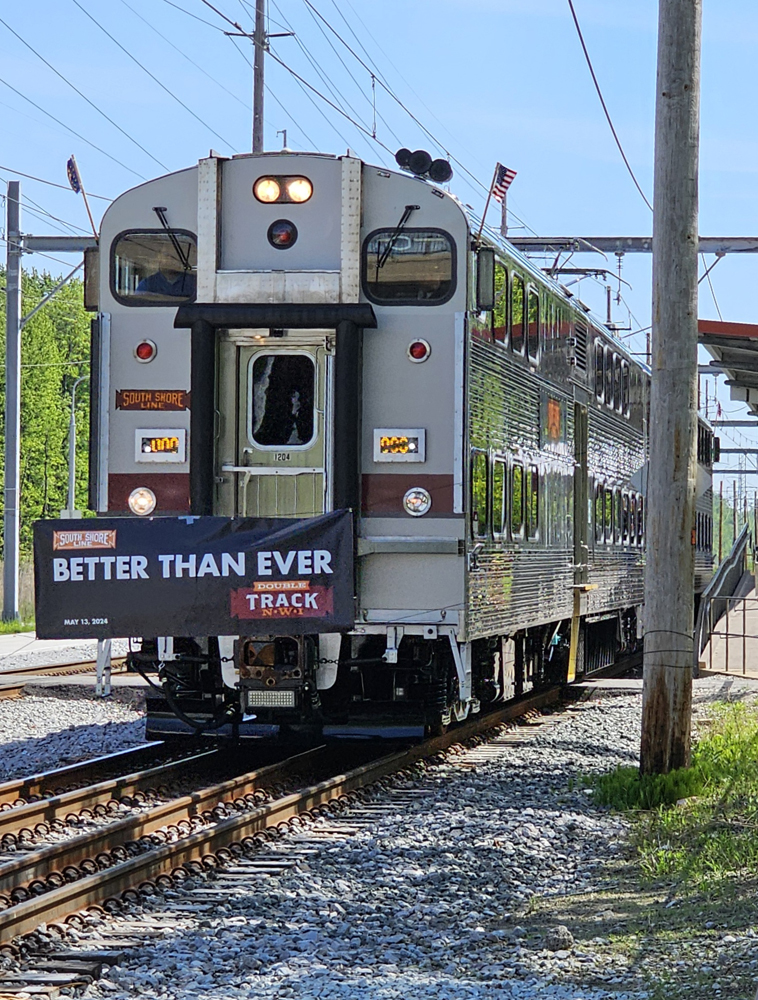
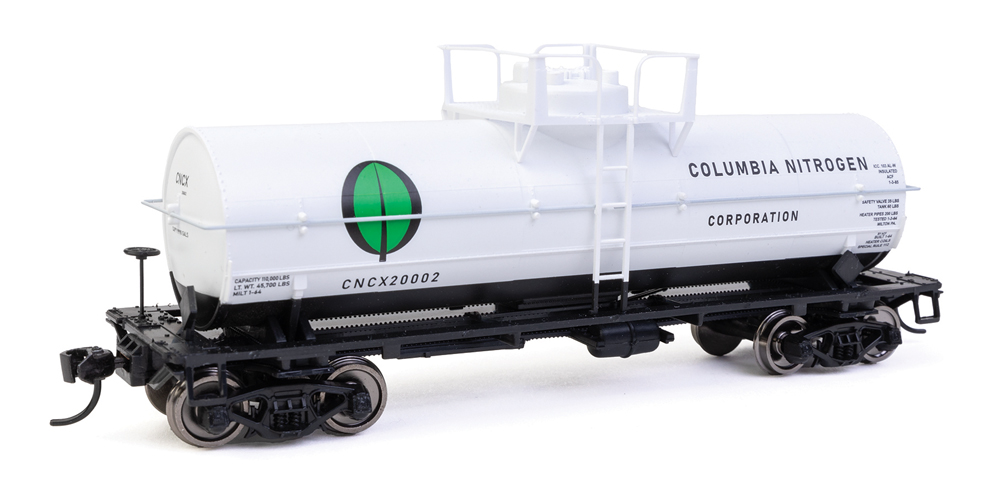





@Charles Landey It isn’t reconciled, except at the level of the President. Marketing has responsibility for revenues. Operations for costs. President for profit.
Yes, Operations technically has service responsibilities, but when push comes to shove, it’s all about making budget.
There is nothing said by Loeb that addresses this conflict.
This interview brings up an issue that I can’t recall ever being covered in TRAINS MAGAZINE — the built-in conflict between Marketing and Operations. Of course it’s not just railroading. It’s any service industry like trucking. Or for that matter, the all-smiles landscaping or snowplow or fire sprinkler contractors or roofing guys that our condo board interviews each week. All of them promise better and more consistent service at a lower price than the competition. The smiles and the promises are front-loaded. The often disappointing service comes later.
Marketing wants to rope in a customer by promising great service at a low price. Operations wants to run trains within budget, even at the cost of leaving customers without good service or any service at all. I ask people with industry experience to explain to me how this is reconciled.
Encouraging interview…encouraged because, fortunately, the term “loose cars” was not mentioned as part of the lexicon. Smart hire by NS to bring in a
former marketing executive from a successful short line operation. Great goals as a vision for growth. Implementation with the operating side will be a challenge.